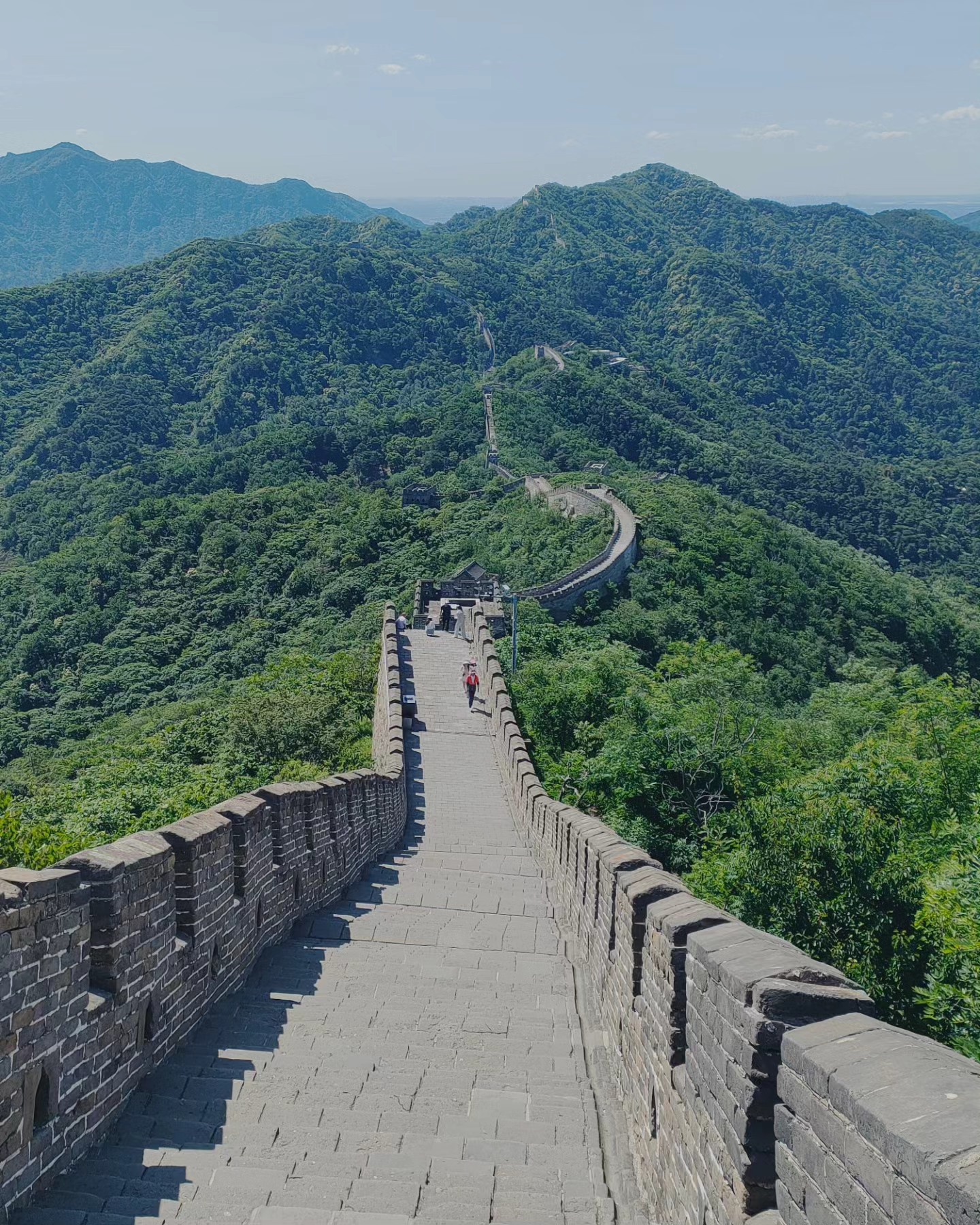Great Wall of China: Monument of Strength
The Great Wall of China is more than just a fortification; it is a 13,000-mile-long testament to human endurance and architectural genius. Known in China as the Wanli Changcheng (the “Ten-Thousand-Li Great Wall”), it stretches from the coastal Shanhaiguan in the east to the desert-bound Jiayuguan in the west.
Whether you are a history buff, a scientist, or an adventure seeker, the Wall offers a window into the soul of ancient China.
History Built on Rice and Resolve
While the Wall is often associated with the Ming Dynasty, its story began over 2,300 years ago during the Warring States Period.
- The First Unification: In 221 BCE, Emperor Qin Shi Huang ordered the connection of existing walls to form a single defensive line.
- The Secret Ingredient: Archeologists have discovered that the secret to the Wall’s longevity – particularly during the Ming Dynasty – was sticky rice mortar. This organic mixture created a chemical bond with the calcium carbonate in the bricks, making the structures so strong they can withstand earthquakes and modern bulldozers.
- The Ming Masterpiece: Most of the iconic stone and brick sections seen today were built during the Ming Dynasty (1368–1644) to protect against Mongol and Manchu invasions.
Science of Preservation: A “Living” Wall
Recent scientific studies (published in Science Advances and PopSci) have revealed that the Wall is being protected by a “living skin.”
- Biocrusts: In the more arid sections, the Wall is covered in cyanobacteria, moss, and lichens.
- Natural Armor: These biocrusts act as a protective layer, binding the earth together and preventing wind and water erosion. Rather than being a sign of decay, this “green armor” is actually what keeps the ancient tamped-earth sections standing today.
Choosing Your Adventure: Which Section to Visit?
The Great Wall is not a single continuous line, but a series of segments. Choosing the right one is vital for your experience:
1. The Classics (Best for Families & First-Timers)
- Badaling: The most restored and famous section. It offers incredible accessibility (including a cable car and even a sliding car), but it is often very crowded.
- Mutianyu: Widely considered the best all-around option. It features stunning watchtowers, lush green surroundings, and a fun toboggan ride down from the Wall.
2. The Wild Wall (Best for Adventurers & Photographers)
- Jiankou: Famous for its “Sky Stairs,” this section is unrestored and incredibly steep. It is for experienced hikers only but offers the most dramatic, “original” Great Wall photos.
- Jinshanling: Known as a “photographer’s paradise,” this section offers a mix of restored and “wild” architecture with sweeping panoramic views and fewer tourists.
- Simatai: The only section open for night tours, where the Wall is illuminated against the dark mountain silhouettes.
3. The Water Wall
- Huanghuacheng: A unique section where parts of the Wall are submerged under a reservoir, allowing for boat tours alongside the ancient stones.
Essential Travel Logistics
How to Get There
Most visitors base themselves in Beijing, which is served by Beijing Capital (PEK) and Beijing Daxing (PKX) airports.
- To Badaling: Take the high-speed train from Qinghe Station (20–30 mins).
- To Mutianyu/Jinshanling: Hiring a private driver for the day is the most efficient option (1.5 to 2.5 hours).
Best Time to Visit
- Peak Foliage (October): The mountains turn vibrant shades of red and gold.
- Spring Blooms (April–May): Mild weather and cherry blossoms surrounding the Wall.
- Pro Tip: Avoid “Golden Week” (the first week of October) and the Chinese New Year, as crowds can make the experience overwhelming.
Debunking the Myth: Can You See It From Space?
Despite the popular legend, the Great Wall is not visible to the naked eye from the moon or even low Earth orbit without aid. Because its materials blend into the natural colors of the terrain, it is difficult to spot from high altitudes – though that doesn’t make its 13,000-mile scale any less impressive!
Tips for International Visitors
- Footwear: Many sections involve “staircases to heaven” with uneven, steep steps. Wear hiking shoes with excellent grip.
- Connectivity: Download a reliable VPN and translation apps before you arrive.
- Booking: Many sections (like Badaling) now require passport registration and pre-booked tickets via WeChat or official websites.
- Stay Hydrated: On “wild” sections, there are no vendors. Carry more water than you think you’ll need.
Nearby Attractions
If you are visiting the Simatai section, don’t miss Gubei Water Town. This meticulously recreated ancient village offers hot springs, traditional crafts, and boutique hotels, making it the perfect place to recover after a long hike.


